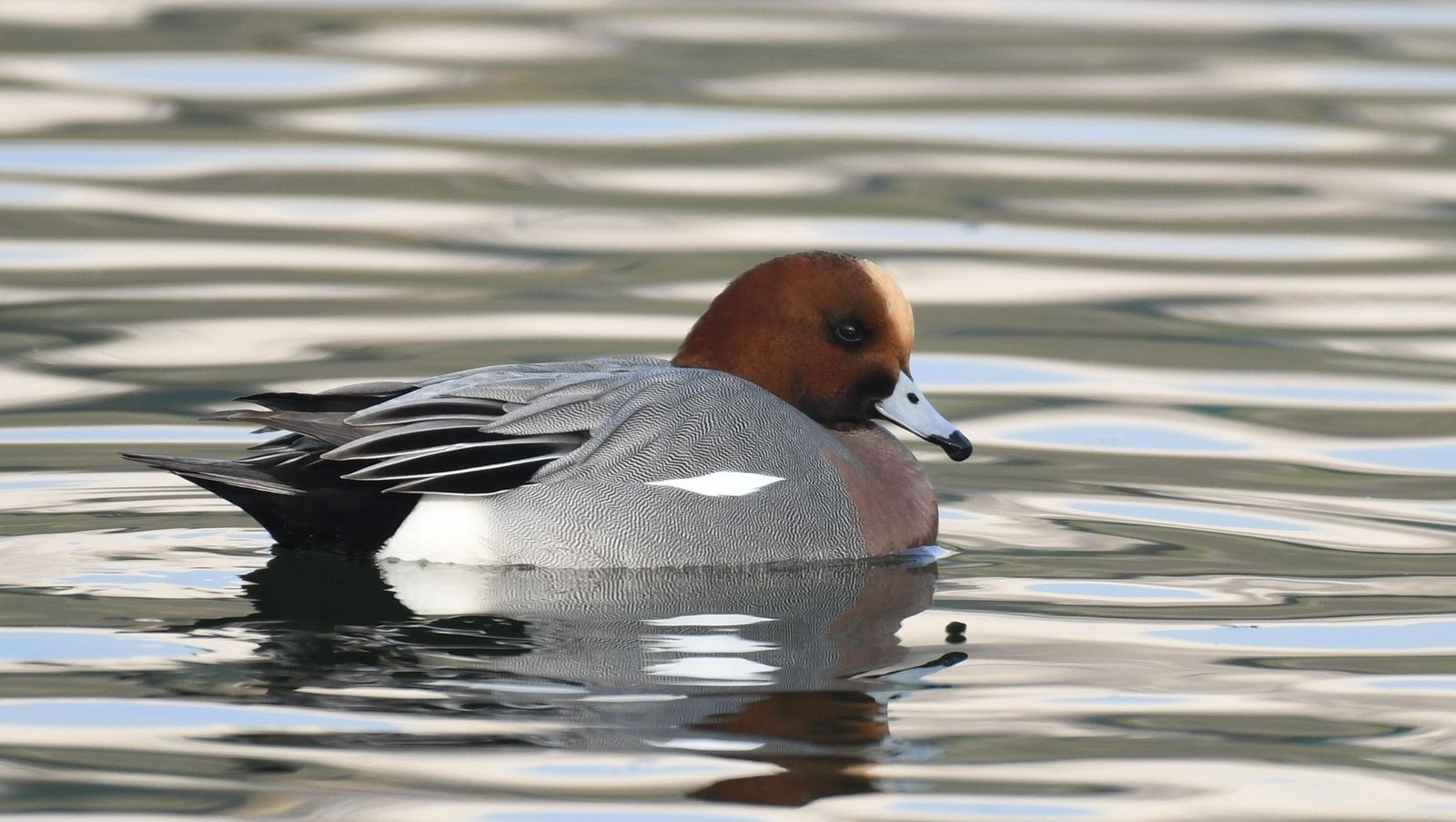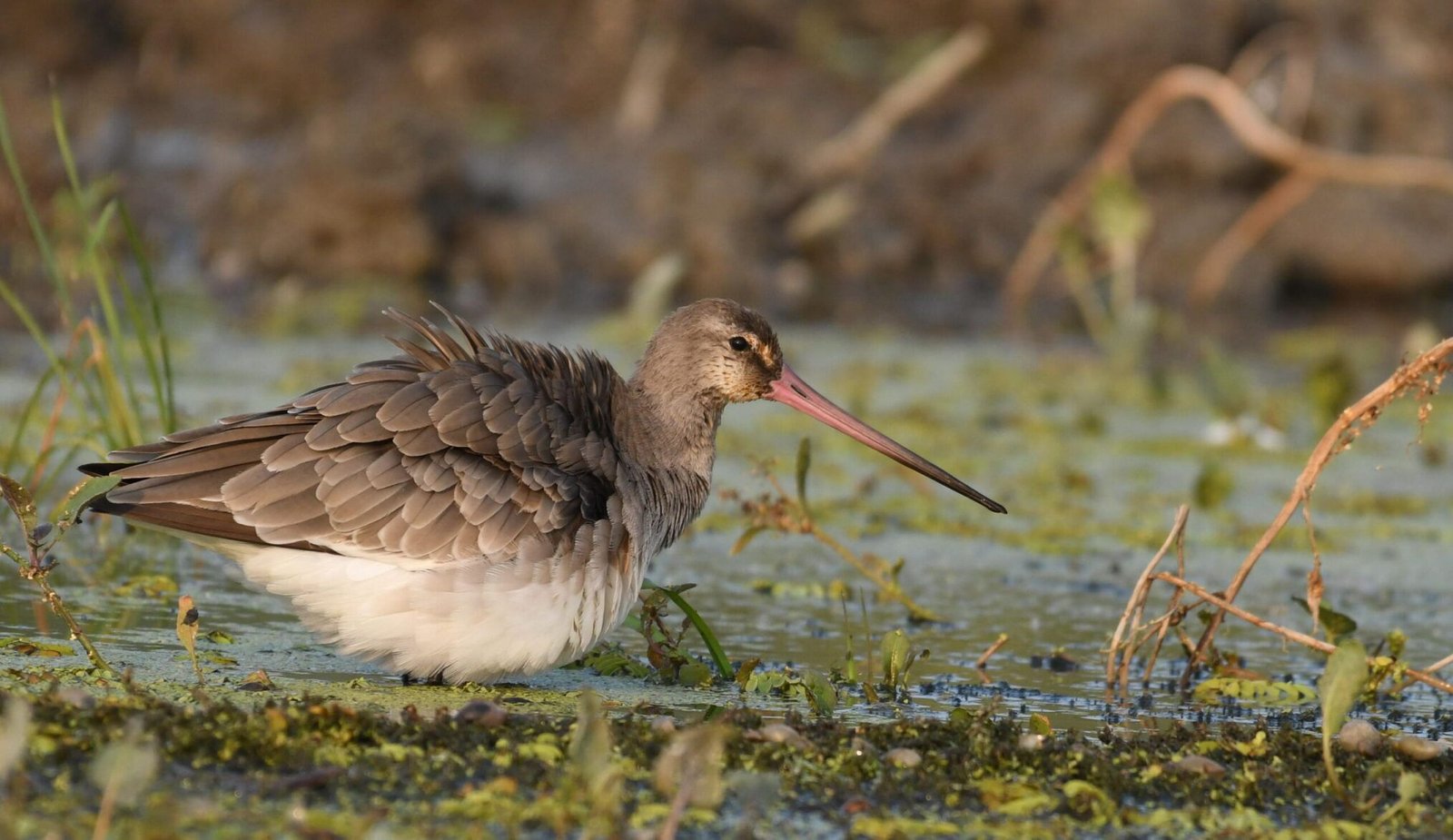Hawfinch (Coccothraustes coccothraustes)

The Hawfinch (Coccothraustes coccothraustes) is a passerine bird in the finch family Fringillidae. Its closest living relatives are the Evening Grosbeak (C. vespertinus) from North America and the Hooded Grosbeak (C. abeillei) from Central America especially Mexico.
This bird breeds across Europe and temperate Asia. It is mainly resident in Europe, but many Asian birds migrate further south in the winter. It is a rare vagrant to the western islands of Alaska.
Deciduous or mixed woodland,including parkland, with large trees – especially Hornbeam – is favoured for breeding,. The Hawfinch builds its nest in a bush or tree, and lays 2-7 eggs. The food is mainly seeds and fruit kernels, especially those of cherries, which it cracks with its powerful bill. This large finch species is usually seen in a pair or small group.
The 16.5–18 cm long Hawfinch is a bulky bull-headed bird, which appears very short-tailed in flight. Its head is orange-brown with a black eyestripe and bib, and a massive bill, which is black in summer but paler in winter. The upper parts are dark brown and the underparts orange.
The white wing bars and tail tip are striking in flight. The sexes are similar. The call is a hard chick. The song of this unobtrusive bird is quiet and mumbled.
The Hawfinch has a total length of 16.5–18 cm, and its wingspan ranges from 29 cm to 33 cm. It weighs approximately 48–62 cm. Females are usually smaller and weigh less than males. It is a robust bird with a thick neck, large round head and a wide, strong conical beak with a metallic appearance. It has short pinkish legs with a light hue and it has a short tail. It has brown eyes. The males’ plumage is much more appealing than the females’. The overall colour is light brown, its head having an orange hue to it. Its eyes have a black circle around them, extending to its beak and surrounding it at its edge. Its throat is also black. The sides of its neck, as well as the back of its neck, are gray. The upper side of its wings are a deep black colour. The wings also have three stripes from approximately the middle till their sides: a white, a brown and a blue stripe.
The Hawfinch is distributed in the whole of Europe, Eastern Asia (including North Japan), the North of Africa (Morocco, Tunisia and Argelia). It has also been sighted in Alaska, but this is reported as an accidental presence. It is not found in Iceland, parts of the British Isles, Scandinavia nor certain Mediterranean islands. It is however found in the South, such as in Spain and Bulgaria, as well as in central Europe, including parts of Englans and the South of Sweden. In Asia it can be found in the Caucasus, the North of Iran, Afghanistan, Turkistan, Siberia, Manchuria and North Korea.
In the 18th century, the Hawfinch was recorded as only a rare winter visitor in Britain. The first breeding record was early in the 19th century; by the early 1830s, a well-documented colony was established at Epping Forest in Essex, and breeding was also recorded in other counties east and south of London. Further expansion of the range continued through the 19th and 20th centuries, with breeding occurring as far north as Aberdeenshire by 1968–1972. Peak numbers were in the period 1983–1990. Subsequently, there has been a significant decline of between 37% and 45% between 1990–1999.
The Hawfinch feeds primarily on hard seeds from trees, as well as fruit seeds, which it obtains with the help of its strong beak with accompanying jaw muscles. Its jaw muscles exert a force equivalent to a load of approximately 30–48 kg. Thus it can break through the seeds of cherries and plums. Other common sources of food include pine seeds, berries, sprouts and the occasional caterpillar and beetle. They can also break through olive seeds. The bird is known to eat in groups, especially during the winter.
photo: Mihai BACIU


